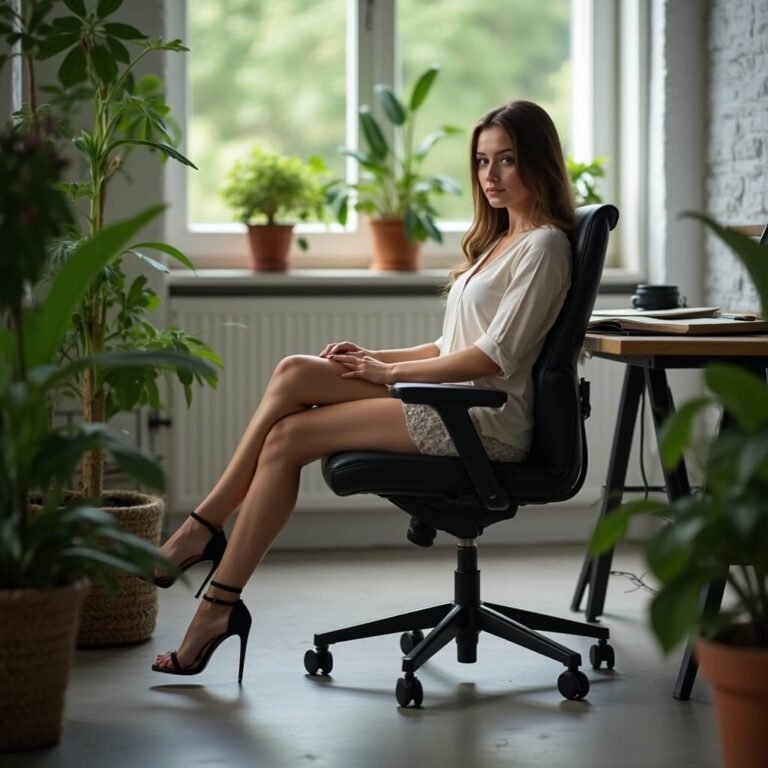Introduction
Mixing colors is an essential skill for any painter, whether you’re a beginner or an experienced artist. Understanding how colors interact helps in creating depth, harmony, and stunning artwork. In this guide, we’ll explore basic color theory, essential techniques, and expert tips to achieve vibrant hues and balanced tones.
Understanding the Basics of Color Theory
Before diving into mixing techniques, it’s crucial to understand color theory—the foundation of painting.
The Color Wheel
The color wheel consists of:
- Primary Colors: Red, Blue, Yellow – the base colors that cannot be created by mixing others.
- Secondary Colors: Green, Orange, Purple – created by mixing two primary colors.
- Tertiary Colors: A mix of a primary and secondary color (e.g., Red-Orange, Blue-Green).
Warm vs. Cool Colors
- Warm colors (reds, oranges, yellows) evoke energy and warmth.
- Cool colors (blues, greens, purples) create a sense of calm and distance.
Understanding these basics makes mixing colors easier and more predictable.
Essential Color Mixing Techniques
Here are some fundamental techniques to help you master color mixing:
- Mixing Primary Colors to Create Secondary Colors
- Red + Blue = Purple
- Blue + Yellow = Green
- Yellow + Red = Orange
Using different proportions of these mixes can create various shades, such as warm green vs. cool green or light purple vs. dark purple.
- Understanding Complementary Colors
Complementary colors are opposite each other on the color wheel and help create contrast:
- Red & Green
- Blue & Orange
- Yellow & Purple
Mixing complementary colors can result in rich, neutral tones or browns when blended properly.
- Using White and Black for Shade Variations
- Adding white to a color creates a tint (lighter version).
- Adding black creates a shade (darker version).
- Using gray softens the color, ideal for muted tones.
- Color Transparency and Opacity
Some paints are naturally transparent, while others are opaque. Mixing opaque and transparent colors impacts the final look:
- Opaque colors create solid, bright hues.
- Transparent colors allow layers underneath to show through, giving depth.
- Layering Colors for Depth
Instead of mixing colors on a palette, you can layer thin washes of color to create subtle transitions and depth.
Avoiding Common Mistakes When Mixing Colors
Even experienced artists make mistakes when mixing colors. Here are some common pitfalls to avoid:
- Using Too Many Colors
Mixing too many colors together often results in muddy, dull tones instead of vibrant hues.
- Not Considering Light Sources
Colors look different under various lighting conditions. Always test your mixes under natural and artificial light.
- Overusing Black for Shadows
Instead of black, use a mix of complementary colors or deep blues/purples for richer shadows.
- Ignoring Paint Consistency
Some paints dry darker or lighter than they appear wet. Always test a small swatch before committing to a mix.
Advanced Color Mixing Tips for Stunning Artwork
Once you’ve mastered basic mixing, experiment with advanced techniques:
- Mixing Colors for Skin Tones
- Start with earth tones (yellow ochre, burnt sienna, ultramarine).
- Add small amounts of red and blue for depth.
- Adjust with white for highlights or deeper tones for shadows.
- Creating Natural Greens for Landscapes
Instead of using straight green from a tube, mix yellow & blue and tweak with brown or orange for realistic foliage.
- Mixing Pastel Colors
To create soft, pastel shades, mix white with the base color instead of diluting with water.
- Blending Colors Directly on Canvas
Instead of mixing on a palette, blend directly on canvas using smooth brushwork for seamless transitions.
Conclusion
Mastering color mixing takes practice, but with a strong foundation in color theory and practical techniques, you’ll be able to create beautiful, well-balanced artwork. Experiment with different hues, observe how colors interact, and refine your skills over time.














